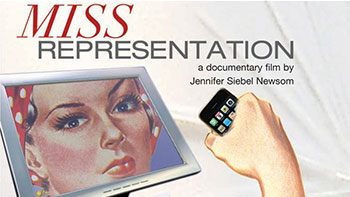Last year, the Baltimore Museum of Art made a major announcement that was met with both criticism and applause: they decided in 2020 they would only be purchasing art made by women. In an interview with AFP, Museum Director Christopher Bedford said that of the museum’s 95,000 works, only 4% were made by women artists. This inequality in artist representation spans beyond the Baltimore Museum of Art – it’s a nationwide norm. An article published by the New York Times revealed that between 2008 and 2018, only 11% of work acquired by America’s top art museums were created by women. To put these percentages into numbers, that’s only 29,247 pieces out of the 260,470 total acquired works.
The lack of diversity in art museums is a noteworthy problem, and it goes beyond the scope of a gender imbalance. A study run by PLOS found that of the 18 largest art museums in America, 75.7% of art on display was made by white men. This includes museums such as the Metropolitan Museum of Art, Art Institute of Chicago, and the San Francisco Museum of Modern Art, among others.
Is the art crafted by women and people of color less valuable? Of course not, but this lack of representation in major art museums suggests that the work of female artists and artists of color is forgettable and not held in the high regard that white men’s art is. Just like film, music, and television, art can tell meaningful stories and promote cultural respect and tolerance. It is crucial that we remove the homogeneous lens we view art through and advocate for diversity.
The first director of the Baltimore Museum of Art was a woman. Women have driven the history of the museum, and the current director thinks it is time to pay homage to the value women have in the art world. Teri Henderson, an art curator, says that the museum’s decision to acquire work only made by women is a small step towards increasing the representation of women in art, but hopes it creates the momentum for systemic change. She is a vocal proponent of diversifying the arts: “Stop buying art that isn’t good just because it’s made by well-known white artists. Start taking risks and investing in black and brown living artists.”
Take Action! Check out the full PLOS study to see how all the major art museums compare in their pool of artists. If exhibits by women and people of color open in art museums near you, visit them to show your support!



